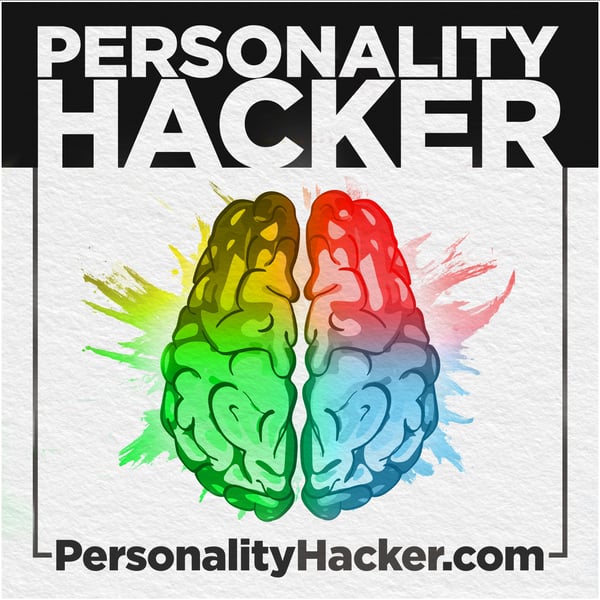Respecting Your 10-Yr-Old Cognitive Function (Part 2) - 0383
Personality Hacker Podcast
PersonalityHacker.com
4.9 • 1.9K Ratings
🗓️ 17 May 2021
⏱️ 47 minutes
🧾️ Download transcript
Summary
In this episode, Joel and Antonia conclude a 2-part series about respecting your 10-year-old cognitive function (technically called the tertiary function). In this episode they cover the four perceiving functions.
Transcript
Click on a timestamp to play from that location
| 0:00.0 | Hi, we'll come back to the Personality Hacker podcast. My name is Joel Mark Witt and I'm |
| 0:09.2 | Antonio Dodge. This week we're continuing a two-part series. This is part two of a series |
| 0:14.8 | talking about respecting our 10-year-old or what's technically called our tertiary cognitive |
| 0:20.4 | function in our personality. On the last episode we talked about the four judging functions |
| 0:26.4 | at the 10-year-old position and in this episode we're going to cover the four |
| 0:29.9 | perceiving functions at the 10-year-old or tertiary position. |
| 0:34.2 | Right, and last time we discussed not just our respect for that 10-year-old or tertiary |
| 0:40.8 | position, but also some of the virtues that are within the grasp of those judging functions, |
| 0:48.6 | meaning that obviously anybody of any type can develop any virtue, but each of the judging |
| 0:54.1 | functions has an accessibility to certain virtues or things it values. We're going to talk |
| 0:59.4 | about the perceiving functions which are a little less associated with this idea of virtue, |
| 1:04.0 | because the perceiving functions are more about basically information. They don't have a hierarchy |
| 1:09.2 | of things that they're evaluating. They're not making should statements about the world, and so |
| 1:15.3 | virtue is a little more removed from these functions. I like to think of this as less about |
| 1:21.4 | virtue as it is more about the accessibility to wisdom. We've done podcasts before on a |
| 1:28.3 | model called DIKW, which stands for data, information, knowledge, and wisdom, and that is a |
| 1:35.5 | progression of the value of information basically. Data just simply means pieces, random pieces |
| 1:42.1 | of information. You could see it is almost like the ones and zeros of the world, but when we |
| 1:46.1 | organize that information together and understand its meaning, then now we have a more sophisticated |
| 1:52.4 | version of this called information, and information is what the meaning of this data is. |
| 1:58.4 | Once we apply this information, then we move into a place of knowledge, and that is basically applied |
| 2:05.5 | information. It's how this information interacts with reality and the outside world. It's a lot more |
... |
Please login to see the full transcript.
Disclaimer: The podcast and artwork embedded on this page are from PersonalityHacker.com, and are the property of its owner and not affiliated with or endorsed by Tapesearch.
Generated transcripts are the property of PersonalityHacker.com and are distributed freely under the Fair Use doctrine. Transcripts generated by Tapesearch are not guaranteed to be accurate.
Copyright © Tapesearch 2025.

